

Do you have any doubt? Leave your details and we will call you to give you all information.

Leading ophthalmology and surgery professionals

Different funding options depending on your needs. Contact us
Refractive surgery is an ophthalmological specialty that involves surgically correcting refractive defects, including myopia, hyperopia, astigmatism and presbyopia. Its objective is that patients no longer require glasses or contact lenses, thus improving their quality of life.
The techniques that we use in refractive surgery can be divided into two main groups; laser techniques that work on the cornea, and intraocular techniques in which we implant different types of lens inside the eye.
Independence from glasses and contact lenses can improve our patients’ quality of life.

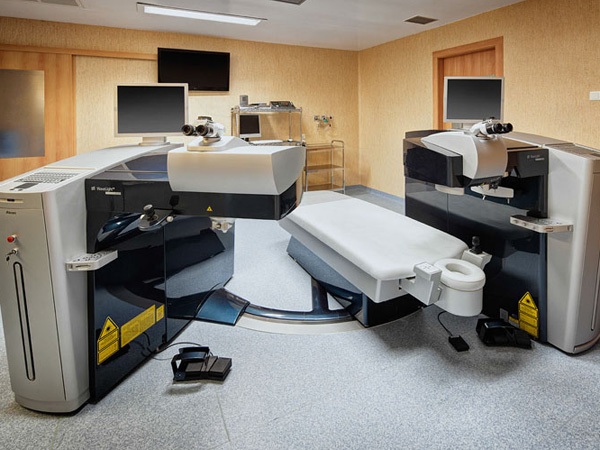
We have the most advanced laser technology: the Excimer and Femtosecond laser platform.
The combination of both lasers in this system allows us, in the indicated cases, to carry out the entire surgical procedure with laser.
We also have all the multifocal, monofocal, accomodative and phakic lenses that have shown to be both effective and safe. Personalized tests allow us to determine the most suitable technique for each case.
The technology currently available at ICR for different refractive surgery techniques is the most advanced to date.
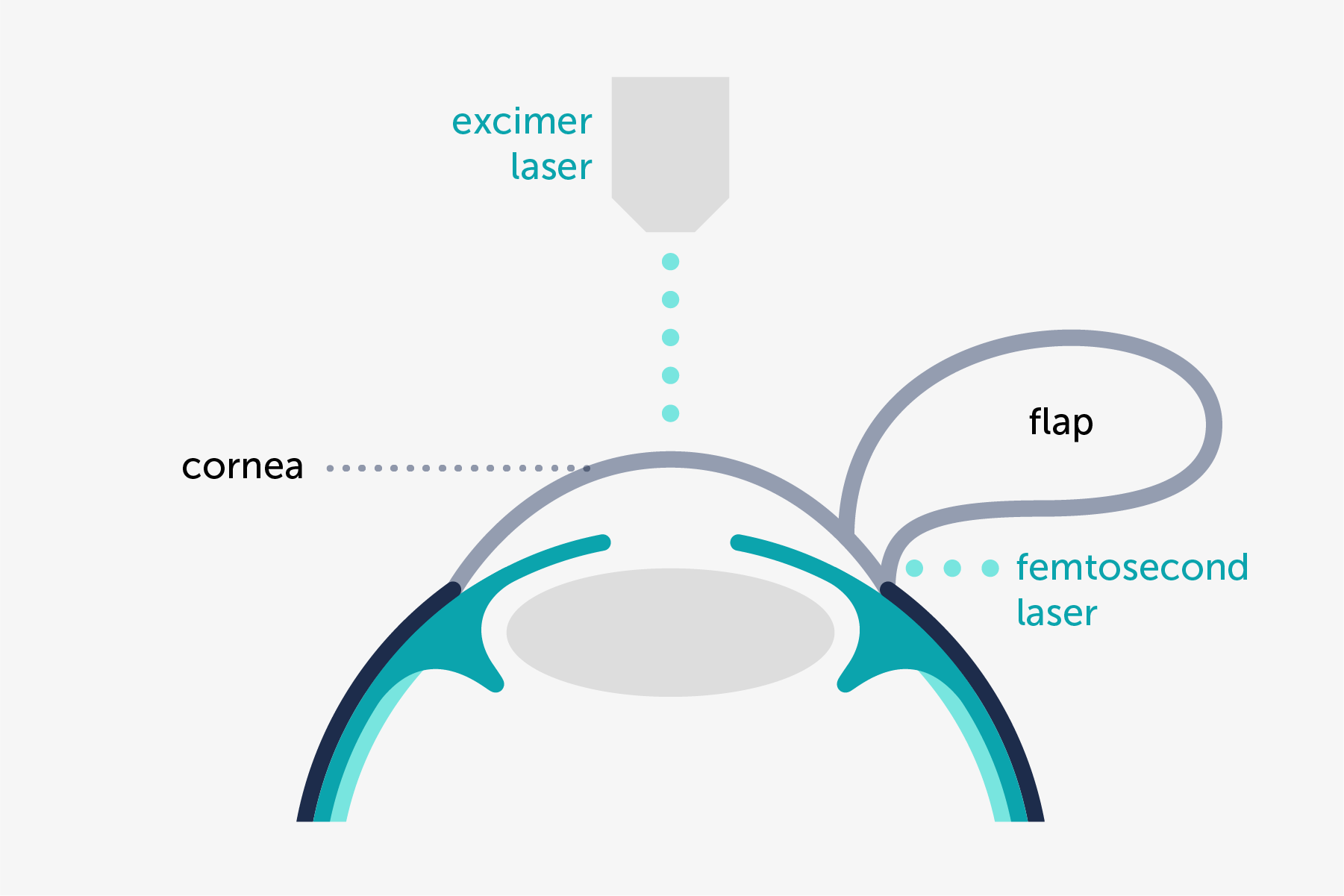
LASIK is a lamellar technique in which the first step is to create a thin flap of surface cornea tissue with a femtosecond laser, a high technology tool that allows for more superior precision than any other device. The lamellar is then created, a flap that can be lifted in order to apply an excimer laser to the thickest layer of the cornea (the corneal stroma) and thus correct the visual defect. Finally the flap is placed back in its original position.
We use the latest international advances in refractive surgery: the most cutting edge excimer and femtosecond lasers.

In cases of thin corneas, low prescriptions, corneas with uneven surfaces, dryness etc, we use what are known as surface techniques.
In the case of PRK, the laser is directly applied to the cornea to correct the visual defect by eliminating a very fine layer known as the epithelium without the need for any cutting.
With LASEK, the treated layer is not removed as with PRK, but is preserved as a kind of protective membrane.
These techniques are especially suitable in cases where the patient’s cornea is thinner or more fragile than normal.
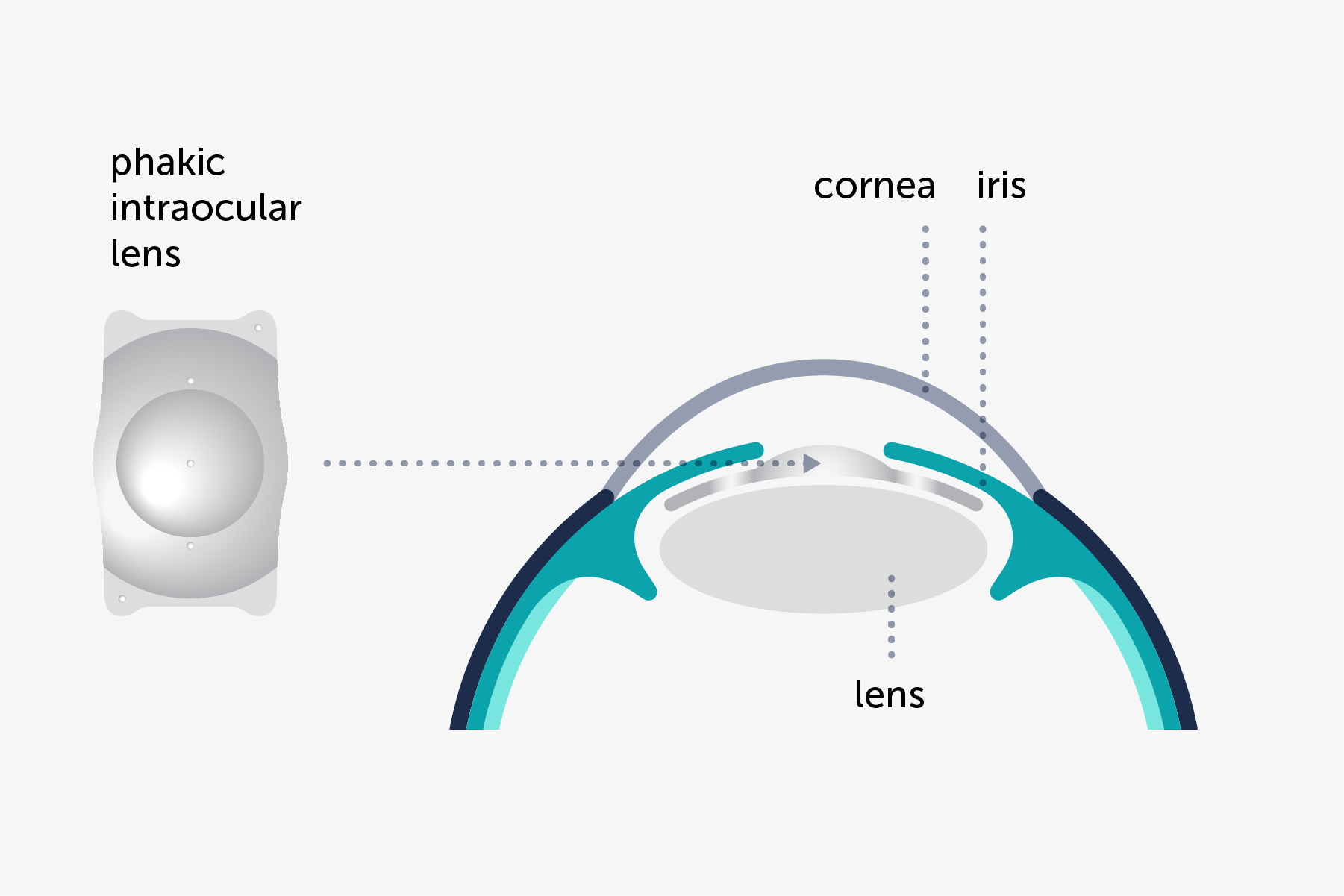
Intraocular lenses are implanted into the eye without removing the lens or carrying out any changes to the structure of the eye and are especially suitable for patients with myopia, hyperopia and high astigmatism as well as in cases where the cornea needs to be protected.
ICL’s are normally recommended for patients up to the age of 45. One of the advantages is that the procedure is reversible. In addition, it adapts to the spaces and characteristics of the eye in the best possible way and can even be used to correct very high prescriptions.
Moreover, toric ICL can correct astigmatism.
ICL lens provide very high quality vision and adapt to the shape of the eye and its internal spaces.
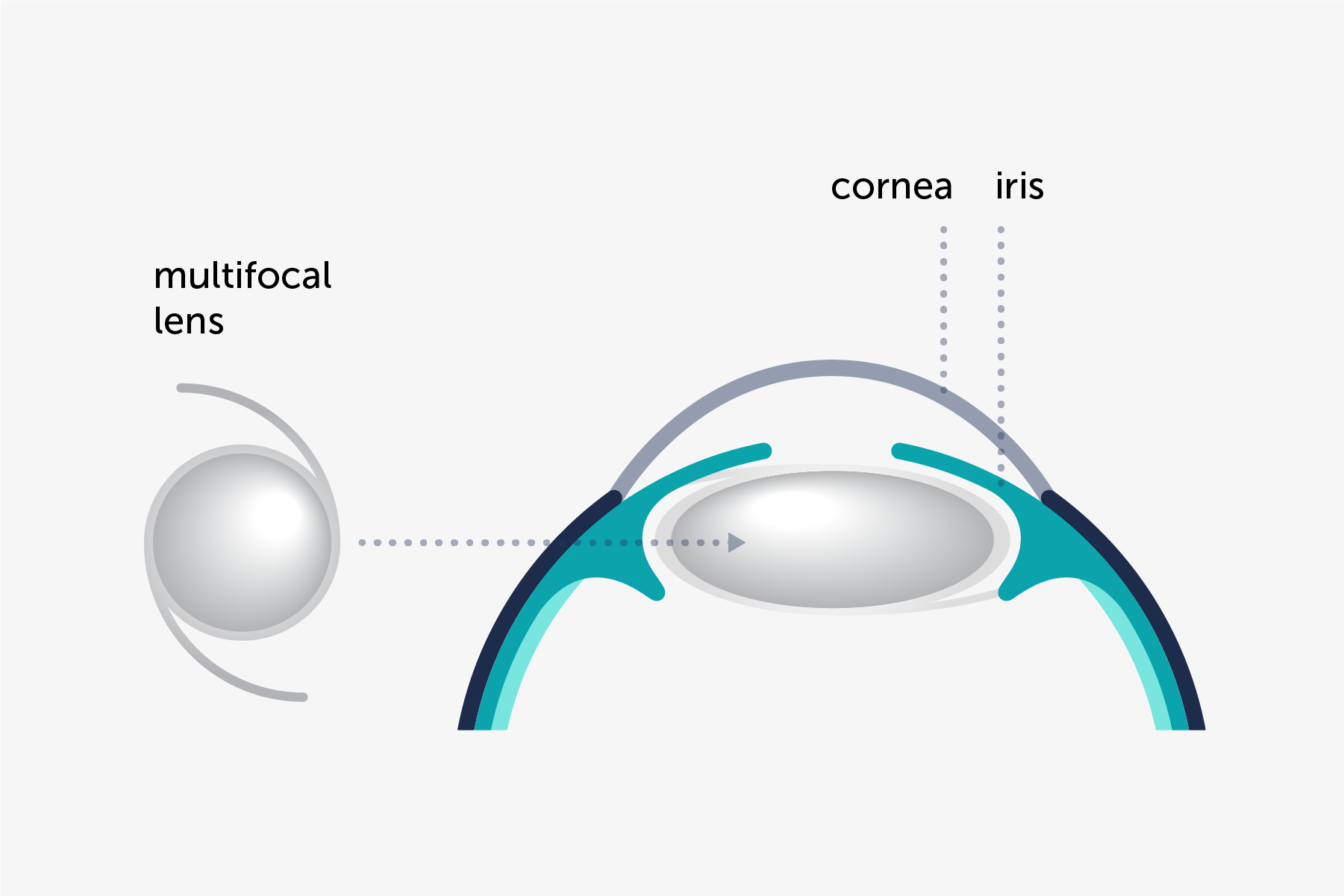
In this technique, the eye’s natural lens is substituted with an artificial lens.
Multifocal lenses spread light over different points: monofocals provide a very high quality vision at one single distance. Bifocals, one for distance vision and another for near vision; and trifocals, which include a focus for intermediate vision, which allows for correct focus without the need for glasses for near, middle and distance vision.
Toric lenses also allow for astigmatism to be corrected. We normally use them for high astigmatism.
Intraocular lenses are the most widely used method for correcting presbyopia given their safety and effectiveness.
Surgical correction of presbyopia. Monovision is a focalization strategy which consists of distributing vision between the eyes so that one eye sees correctly for near vision and the other for distance vision. The technique is carried out with an Excimer Laser, through the LASIK or LASEK/PRK technique.
When we talk about intracorneal implants, we are talking about devices that we insert into the thickness of the cornea. Basically, we use intracorneal rings, whose aim is to alter the curvature and refractive power of the cornea. This technique is carried out with the most advanced techniques, such as femtosecond laser.
Astigmatic keratotomy is indicated for correcting high astigmatisms. It is a procedure which is carried out using the most advanced techniques such as femtosecond laser, which involves creating incisions in the cornea to reduce or control astigmatism.
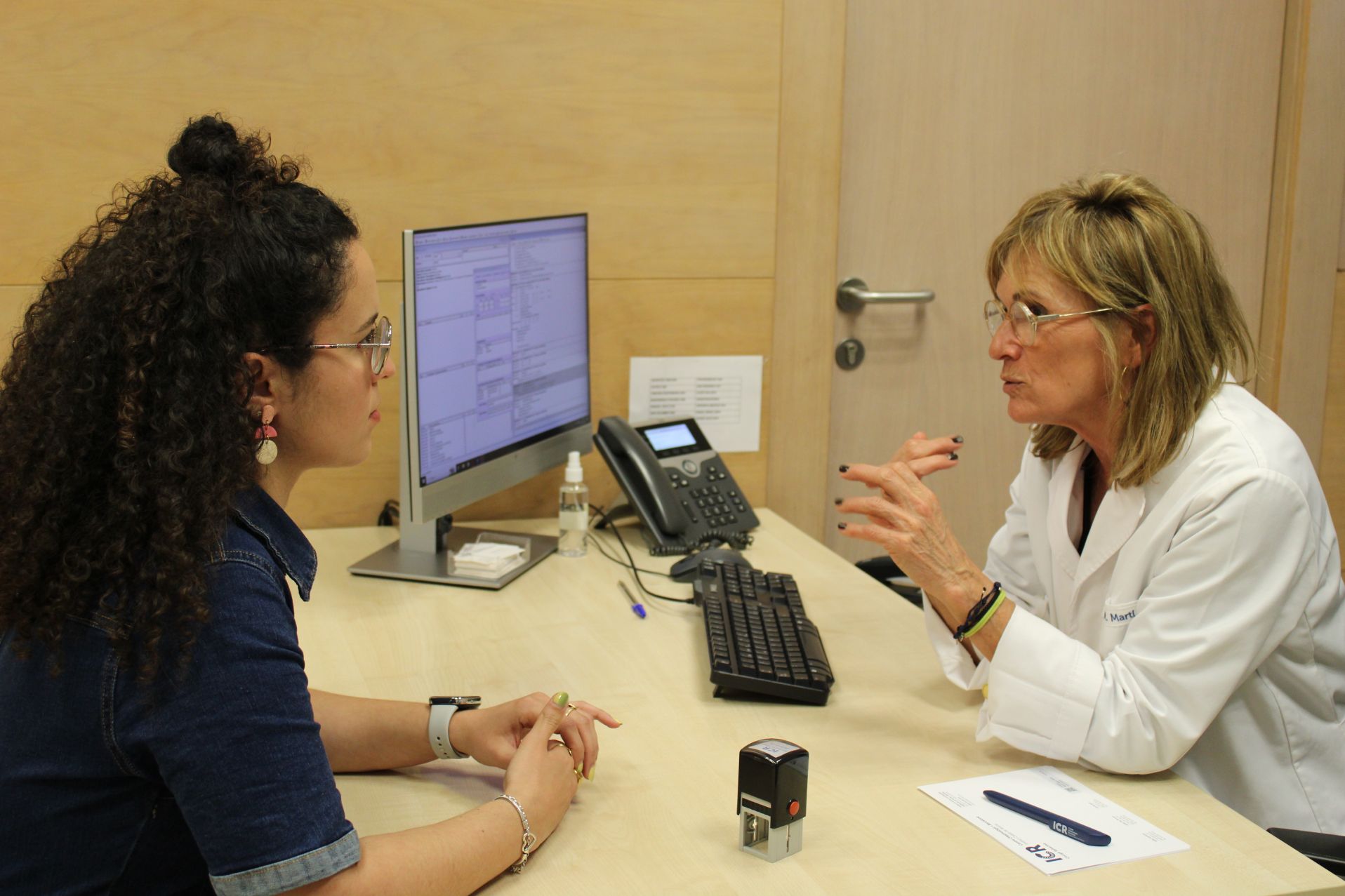
The ICR Refractive Surgery Department comprises a highly distinguished team of professionals with wide ranging experience. The staff is exclusively dedicated to the study and treatment of the refractive problems of the eye, with wide ranging experience in the field and who regularly collaborated with several scientific societies. All of them regularly take part in national and international medical conferences as well as research and development projects.
Experience, technology and medical treatment with a humane touch.
Contact us or request an appointment with our medical team.